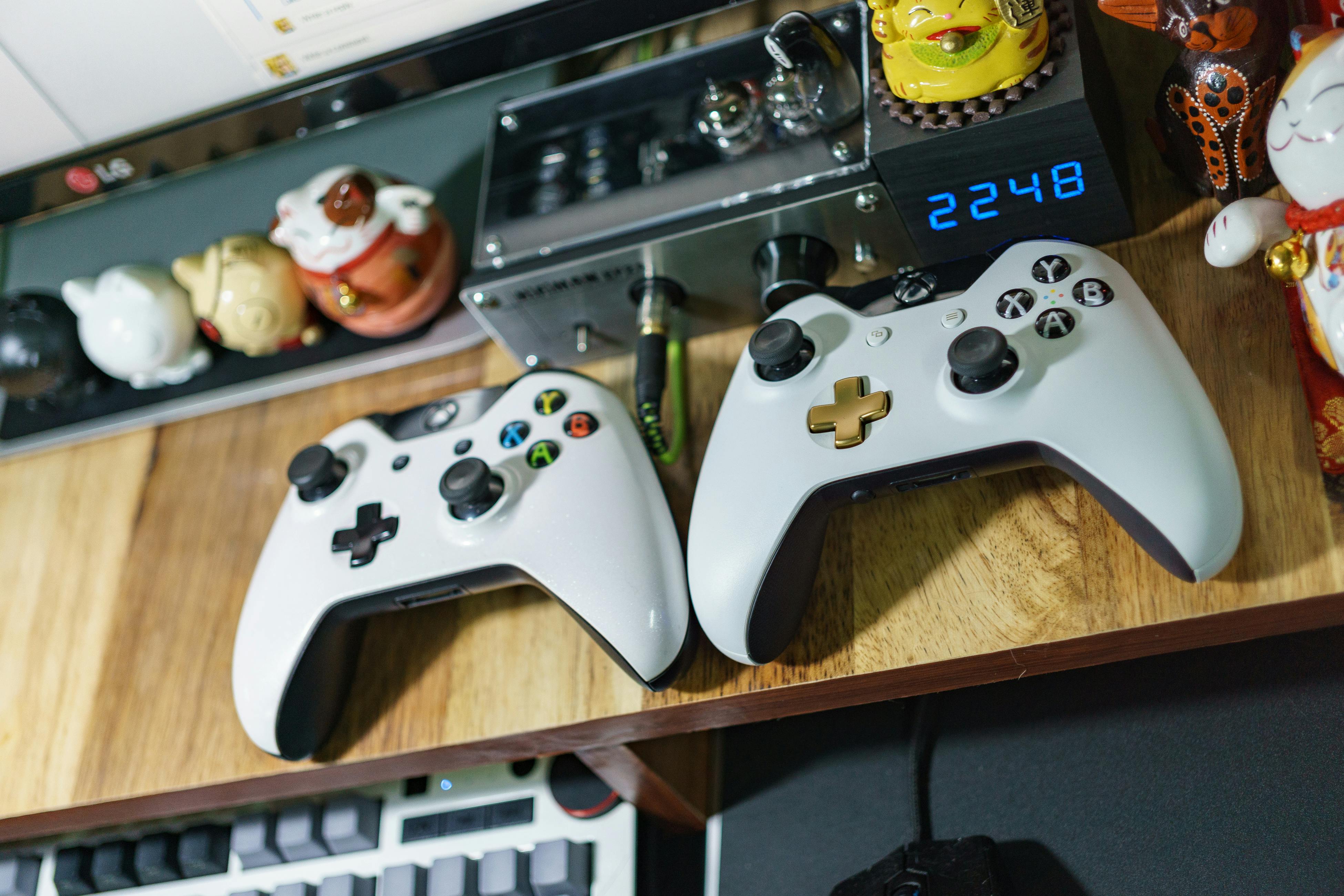Wireless technology reaches your body
The same technology the Navy has used for communication — sonar — could be used to treat heart failure, diabetes or other illnesses.
The University at Buffalo, a leading research center, is working on the ability to use this technology for medical diagnosis and information transmission.
The advance relates to sensors that use ultrasound. Ultrasound has been used by military submarines and in medical offices. Just as navy submarines communicate with each other, medical devices such as a pacemaker could communicate and transmit relevant data using radio waves. Exploration in this area has been under development for more than 10 years. However, the focus was on electromagnetic radio frequency waves, similar to those from GPS units or mobile phones. The drawbacks of electromagnetic radio frequency waves include the amount of heat produced and the energy that is needed. Since the body is mostly made up of water, more than 65 percent, electromagnetic waves do not propagate easily. This research focuses on creating ultrasonic networks across body sensors through a closed-loop combination of mathematical modeling, simulation, and experimental evaluation.
“This is a biomedical breakthrough that could revolutionize the way we care for people suffering from the major diseases of our time,” said Tommaso Melodia, PhD, UB associate professor of electrical engineering.
Dr. Melodia is supported by a National Science Foundation (NSF) CAREER grant for his research, “Towards Ultrasonic Networking for Implantable Biomedical Devices.” The NSF Career Scholarship is considered a highly respected award and will last for 5 years.
“Think about how the Navy uses sonar to communicate between submarines and detect enemy ships,” Melodia said. “It’s the same principle, only it applies to ultrasonic sensors that are small enough to work together inside the human body and help treat disease more effectively.”
“We’re really just scratching the surface of what’s possible. There are countless potential applications,” he said.
Research will focus on several areas:
- Design a test bench and evaluate through an ultrasonic network simulator, design transmission protocols and networks for intra-corporeal sensors,
- Design the first existing reconfigurable test bench for the experimental evaluation of ultrasonic networks.
- The project will also create an academic program in ultrasonic networks and their applications; a new postgraduate/undergraduate course in acoustic/ultrasonic networks; and expand technological work in this field.
Melodia is a member of the Signals, Communications and Networks Research Group of the Department of Electrical Engineering of the Faculty of Engineering and Applied Sciences of the UB. The group conducts research and development in wireless networks and communications, cognitive radios, extreme environment communications, secure communications, data hiding, information theory and coding, adaptive signal processing, compressed sensing, multimedia systems, resonance imaging magnetic and radar systems. To read more about Dr. Melodia’s research project: http://1.usa.gov/17y2njQ.
